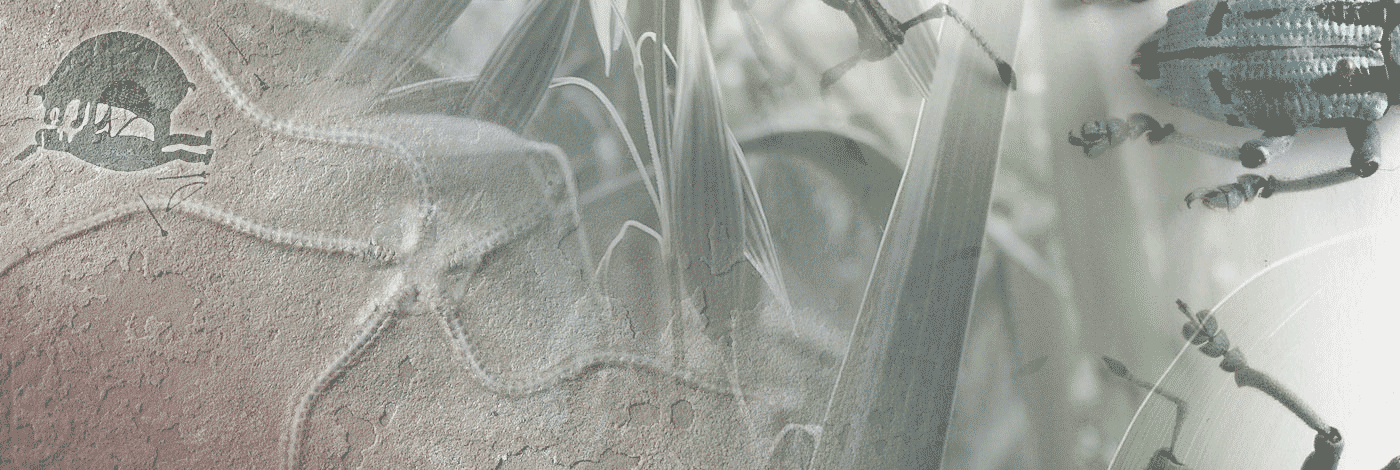
 Bulletin du Muséum national d'Histoire naturelle, 4ème série – section C – Sciences de la Terre, Paléontologie, Géologie, Minéralogie
18 (4) - Pages 629-662
Bulletin du Muséum national d'Histoire naturelle, 4ème série – section C – Sciences de la Terre, Paléontologie, Géologie, Minéralogie
18 (4) - Pages 629-662Remains of the ctenodactyloid rodents Petrokozlovia cf. P. notos Shevyreva, 1972, Saykanomys cf. S. bohlini (Dawson, 1964) comb. nov., Advenimus cf. A. burkei Dawson, 1964, and Khodzhentia vinogradovi n.g. et n.sp (all Chapattimyidae), Alaymys ctenodactylus Averianov, 1993 and ?Adolomys sp. (Tamquammyidae) and Ctenodactyloidea indet. are described from the latest Early Eocene (late Ypresian, Cuisian) locality Andarak 2 in Kyrgyzstan. A review of other Eocene ctenodactyloid rodents is given. They consist of three families: Alagomyidae, Chapattimyidae (= Yuomyidae, = Advenimurinae) and Tamquammyidae (= Cocomyidae, = Orogomyidae). Probably the Ctenodactylidae originated in the Eocene. Ctenodactylidae and Baluchimyinae are monophyletic taxa, whereas Chapattimyidae is a clearly paraphyletic taxon. A paraphyletic status for the Tamquammyidae is also probable. The simultaneous evolution of diverse and differently adapted lineages of Glires in the humid environments of the coastal plains of South Asia (including the territory of Kyrgyzstan), resulted in the origin and further dispersal into more continental areas of such progressive groups as tamquammyid and ctenodactylid rodents, lagomorphs and highly derived mimotonids.
Rodentia, Eocene, Kyrgyzstan, cladistic analysis